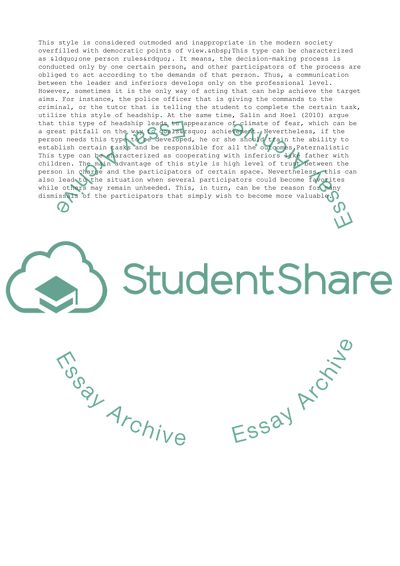Cite this document
(“Developing a Personal Leadership Style Research Paper”, n.d.)
Developing a Personal Leadership Style Research Paper. Retrieved from https://studentshare.org/management/1702013-developing-a-personal-leadership-style
Developing a Personal Leadership Style Research Paper. Retrieved from https://studentshare.org/management/1702013-developing-a-personal-leadership-style
(Developing a Personal Leadership Style Research Paper)
Developing a Personal Leadership Style Research Paper. https://studentshare.org/management/1702013-developing-a-personal-leadership-style.
Developing a Personal Leadership Style Research Paper. https://studentshare.org/management/1702013-developing-a-personal-leadership-style.
“Developing a Personal Leadership Style Research Paper”, n.d. https://studentshare.org/management/1702013-developing-a-personal-leadership-style.


